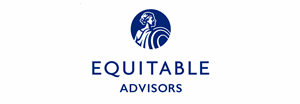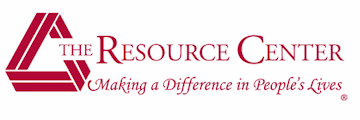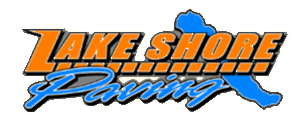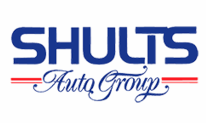The Post-Journal
by Marianne De La Cerda
date unknown
Top Sled-racing Dogs Get Love, Careful Training
Dave is president of the Canadian-American Sled Dog racing Association, both he and Jan willingly take time to promote their favorite sport.
For many years, Dave worked at communications, photography and trail-keeping for the dog sled races at the Den Adelman’s Club on Salisbury Road near Kimball Stand.
He says he has admired these strong long-haired dogs all his life and wanted one of his own. He fulfilled this wish in 1973 when he acquired Netka, a white Malamute/wolf cross-breed that is now 15 years old.
Dave seems to have difficulty explaining his success with dogs in so many words, but that success is simply demonstrated by his accomplishments. He holds many racing titles and prizes, including Musher of the Year and first place wins in classes for seven, five and three dogs.
At Chapman’s Dam last weekend, he won first prize in two classes, and earned his Musher of the Year title for the fourth time. Like most sled-dog racers, Dave has a variety of sled dog breeds on his teams. They include Siberian huskies, Samoyeds and Alaskan huskies, which are the ones he favors as the best racing dogs.
Spectators often see other breeds, such as English pointers, Irish setters, Dalmatians, and American coon and fox hounds rounding out a team.
Old movies sometime present an image of sled dogs as vicious and expendable, but Dave’s dogs are affectionate. He plays with them and, like pet dogs, they respond to loving affection. He does not allow barking without a cause at home.
His dogs have a reputation for knowing how to count because they respond with excitement at the race countdown. They seem to understand when the starter approaches the “Hike” signal.
“They can also spell,” he said. “When someone spells c-o-o-k-i-e, they’ll run to the kitchen, an o-u-t brings them to the front door fast.”
When they race, male and female dogs work together pulling a 40-pound sled over a groomed trail against the clock. He believes in using two lead dogs because they give each other moral support by allowing the dogs to set their own pace, he avoids end-of-the-trail burnout.
Before a race starts the dogs do lots of exited barking, but during the race there are just the sounds of the paws and sled runners on snow, and Dave’s commands.
As in car racing, there is an element of danger for the driver. Dave once broke some ribs when his cart flipped, and this year he fractured his right collarbone during a recreational race at Cockaigne on Jan. 31.
Shaws’ dogs, which weight an average of 62 pounds, are fed three to three-and-a-half cupfuls of commercial dog food each day. During the racing season, which runs from the last week in December to the end of February, he adds beef scraps to supplement their diet.
He said he also provides each dog with a bone to chew every morning because it’s good psychology – besides being good for their teeth.
A patient attitude and human helpers are needed in training the teams and young dogs. Shaw uses a three-wheeled, hydraulic-braked, headlight-equipped cart weighing 350 pounds to help the dogs build muscle. He keeps certain slower lead dogs just for training to help the young dogs learn to pace themselves.
`Dave is sentimental about the dogs in his kennel. He said, for example, that no dog is favored less than another just because of old age.
Jan cares for all the dogs’ medical needs. Because they compare to top performing athletes whose physical condition is everything, the dogs’ health requires constant vigilance.
The Shaws feel the time and effort is well-spent in this sport. The dogs give all they have again and again in the severest tests of character as they pull heavy loads or race at brisk speeds over rough terrain.
For some reason, Dave said, “The harder the conditions, the better my dogs run.”
Today dog-sled racing is considered a renaissance sport because it is a revival of a classical form in a way similar to the rebirth in art and literature that marked the transition from medieval to modern times.
The dogs of the Inuit and American Indians who inhabit the northern regions of the North American continent traditionally held a leading role in their economy. The provided the sole means of transportation during the long, severe winters. The first recorded races were held in Alaska in 1908 and Idaho in 1917.
Dog teams are still used in emergencies, but their use for transportation has all but disappeared with the growing popularity of snowmobiles and the economy of aircraft.
One edge the dogs have over snowmobiles, however, is that they have a better average speed. While the machines have to slow down to take corners, dogs can run as fast on a turn as on the straight.
Shaw’s greatest satisfaction, lies in having introduced many people to the sport. He has demonstrated dogs and equipment many times throughout the area at seminars.
The Canadian-American Sled Dog Association welcomes new members. The group meets twice a year in Springville, N.Y
The additional financial assistance of the community is critical to the success of the Chautauqua Sports Hall of Fame.
We gratefully acknowledge these individuals and organizations for their generous support.












